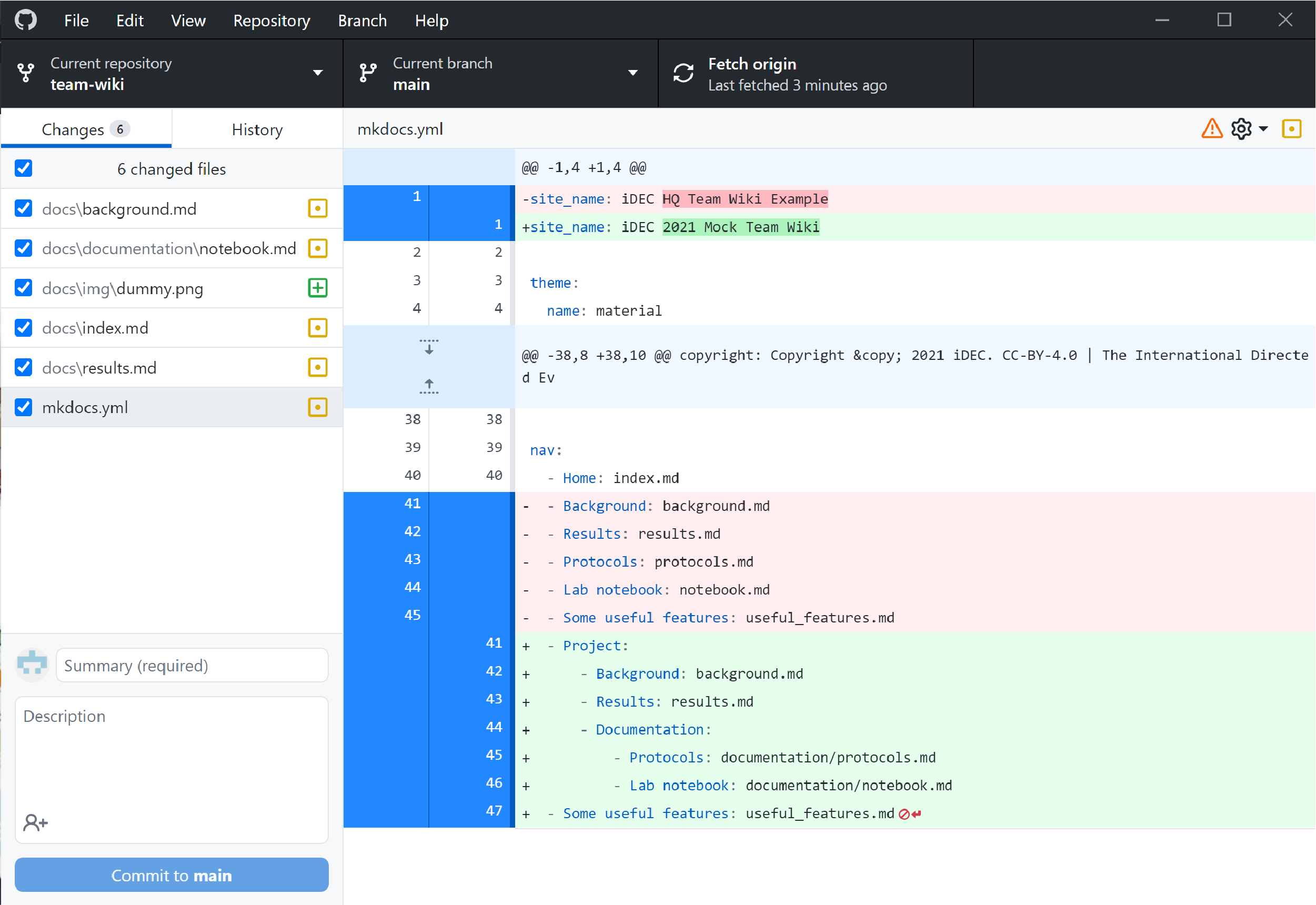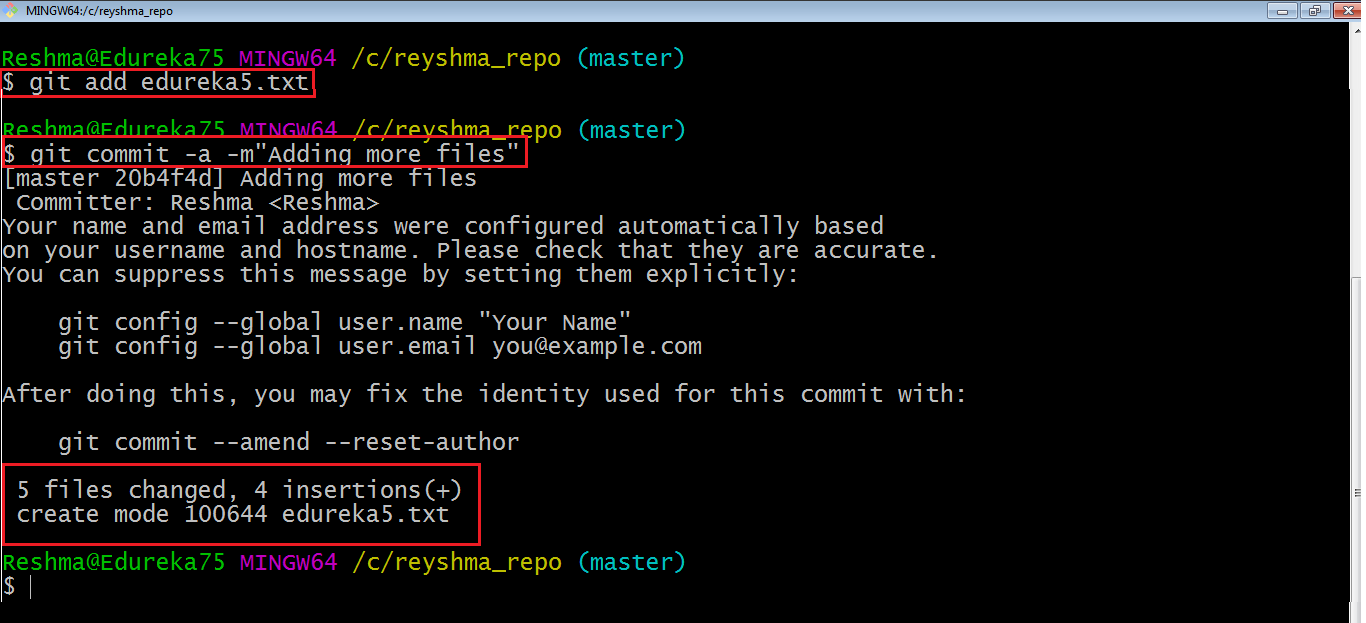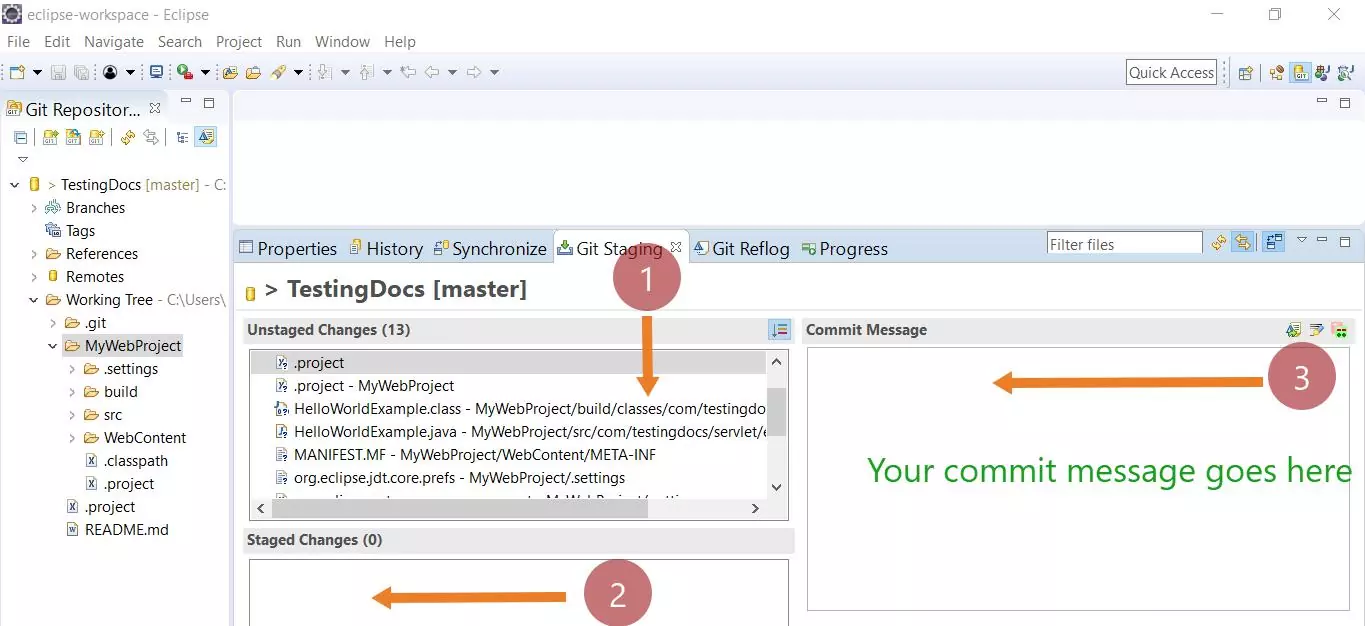

- #Git stage all changes how to#
- #Git stage all changes software#
- #Git stage all changes code#
- #Git stage all changes series#
- #Git stage all changes windows#
Let’s go ahead and make our first commit – rescan and click “Stage Changed”. You can see a diff of your changes so you know exactly what you changed and you can even back out your unstaged changes (Commit → Revert changes) while preserving your staged changes.
#Git stage all changes code#
Tip: This can be useful for incrementally tracking changes while you code – even if you are not ready to make a commit, you can stage your changes and then do experimental code changes. Clicking the file in the unstaged pane will show the additional changes you made after staging it. Clicking the file in the staged pane will show a diff on the right of the file contents when you staged it. The file now shows up in both the unstaged and staged panes. Now edit the file and save changes, then rescan again. Tip: You can add individual files from the menu: Commit → Stage to commit.Ĭlick “Stage Changed” to add your new file to the staging area and you will see it move from the top-left pane to the bottom-left pane. The “Stage Changed” button will add all changed files to the staging area. The file will show up in the top-left pane. Now add a plain text file to your project folder and click the “Rescan” button in Git Gui. Bottom-right is where you can enter a commit message.

Top-right shows the diff for the selected file.Bottom-left shows staged changes (empty).Top-left shows unstaged changes (which at this point is all files).You can open Git Gui by clicking “Git GUI Here” in the folder’s context menu. At this point the repository is empty, the staging area is empty, all your project is in the working tree only and Git is not tracking anything. This will add a “.git” folder to store Git’s data. Open the folder’s context menu and click “Git Create repository here”. If you have used those you’ll be right at home with TortoiseGit.Ĭreate a new folder to start an empty project. Tip: The Tortoise VCS clients have quite a lineage going back to TortoiseSVN and even TortoiseCVS.
#Git stage all changes windows#
We’ll start with TortoiseGit for this task since its context menu is integrated into Windows Explorer. The first step is to create a Git repository. Git’s “commit” command adds changes to the repository. Git’s “add” command, or Git Gui’s “Stage to Commit” action adds changes to the staging area. You add files to the working tree simply by adding them to your file system. Repository: the Git repository contains all commits and other Git data.File diffs can be viewed between working tree content and staged content. Staging Area: the “commit” command only commits files that have been added to staging.Git may ignore some files depending on the configuration in the. Working Tree: all of the files in the file system in your project folder.A has no knowledge of B or C B records that A is its parent and C records that B is its parent. The commits are stored with parent references, not child references. While the chronological flow for commits A then B then C looks like: One thing that can be confusing to newcomers is that the arrows in Git tree diagrams point backwards. Every commit is identified by a unique hash.

#Git stage all changes series#
Git stores changes in a series of commits.
#Git stage all changes software#
If you aren’t already familiar with software version control this short article is a good introduction.
#Git stage all changes how to#
Once you learn Git concepts you don’t necessarily need to memorize the specific steps to accomplish tasks – GUIs make it easier to discover (or rediscover!) how to accomplish a task when you know what your task is. For developers focused on writing code and using Git to collaborate with their team or contribute to OSS projects a GUI can be a pleasant tool that will comfortably handle the necessary tasks. Using a GUI offers a more discoverable interface and some people prefer the aesthetics of GUIs over the CLI.

Git is a powerful, robust tool that runs on the command line by default. This article will get you up and running with a basic understanding of Git concepts and how to manage your Git workflow with Git Gui, TortoiseGit, and Visual Studio Code. One aspect less commonly covered is using Git with some of the numerous Git GUIs available. Fortunately, Git is a mature and widely used tool so there is a lot of reference and “ How do I…?” material available. Getting started with Git can be a daunting task, especially if you are not at home in the command line.


 0 kommentar(er)
0 kommentar(er)
